WOW
SLOW TRAVEL
52 CITIES
1 WEEK
EACH CITY
52 WEEKS
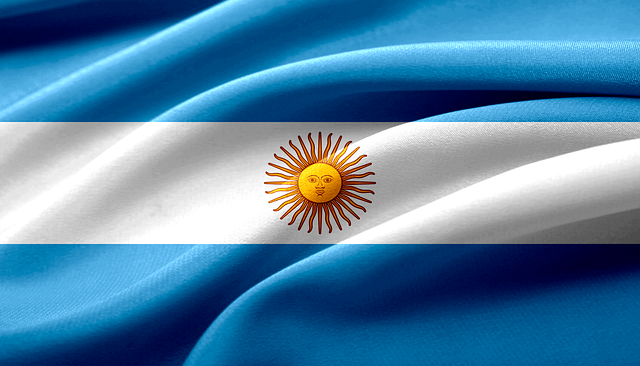
Cities to retire in Argentina
Argentina offers several cities that are well-suited for retirement, providing a comfortable lifestyle, a pleasant climate, and access to amenities and services. Here are some good cities to consider for retirement in Argentina:
Córdoba:
Córdoba is Argentina’s second-largest city and is known for its rich cultural heritage and historic architecture.
The city enjoys a temperate climate, with warm summers and mild winters.
It’s home to several universities and a vibrant arts and music scene.
Córdoba offers excellent healthcare facilities and a cost of living that is generally lower than Buenos Aires.
Mendoza:
Located in the foothills of the Andes Mountains, Mendoza is famous for its wine production, making it an attractive destination for wine enthusiasts.
The city boasts a Mediterranean climate with four distinct seasons.
Mendoza offers a relaxed pace of life, beautiful parks, and easy access to outdoor activities such as hiking and skiing.
The cost of living is reasonable, and the city is known for its safety.
Rosario:
Situated along the Paraná River, Rosario is Argentina’s third-largest city and offers a pleasant climate with warm summers and mild winters.
It’s known for its riverfront promenade, parks, and cultural events.
Rosario has a strong healthcare system and is considered a safe city for retirees.
The cost of living is relatively affordable compared to Buenos Aires.
Bariloche:
Located in the Patagonian region, San Carlos de Bariloche is renowned for its stunning natural beauty, including lakes and mountains.
The city has a Swiss Alpine feel and offers outdoor activities like hiking, skiing, and water sports.
Bariloche has a cool, temperate climate, and its proximity to the Andes provides a picturesque backdrop.
While it’s not as large as some other cities, it has a growing expat community.
Salta:
Salta is a charming city in northwest Argentina, known for its colonial architecture and vibrant cultural scene.
The city enjoys a warm, subtropical climate with plenty of sunshine.
It’s a gateway to exploring the stunning landscapes of the surrounding region, including the Andes and the high-altitude deserts.
Salta offers a relatively low cost of living and a slower pace of life.
Buenos Aires (Specific Neighborhoods):
While Buenos Aires is a bustling metropolis, some of its neighborhoods, like Palermo, Belgrano, and San Telmo, offer a quieter and more relaxed atmosphere, making them suitable for retirees.
These neighborhoods have beautiful parks, cultural attractions, and access to healthcare facilities.
When considering retirement in Argentina, it’s important to research each city thoroughly, visit them if possible, and assess factors such as climate, cost of living, healthcare services, and the presence of an expat community to determine which city aligns best with your retirement goals and preferences.
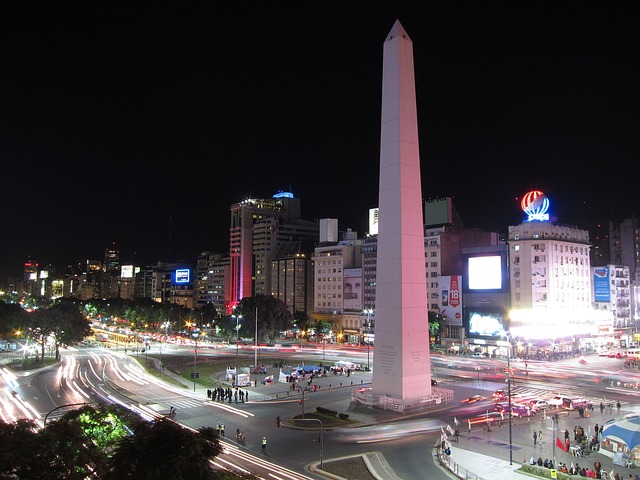
Buenos Aires
Buenos Aires, the capital and largest city of Argentina, is a popular choice for expatriates. It’s a bustling metropolis known for its European flair, vibrant culture, and diverse neighborhoods. Here’s why Buenos Aires is considered expat-friendly:
Cultural Diversity: Buenos Aires has a significant expat population, which has contributed to its cosmopolitan atmosphere. You’ll find people from all over the world living and working here.
Affordable Cost of Living: Compared to many Western countries, the cost of living in Buenos Aires is relatively low. Housing, dining out, and entertainment are often more affordable than in major Western cities.
Healthcare: Argentina has a well-regarded healthcare system, and Buenos Aires has some of the country’s best hospitals and medical facilities. Private healthcare is affordable, and many doctors speak English.
Education: Buenos Aires offers a range of international schools and universities, making it suitable for expat families. The city has a strong emphasis on education and culture.
Cultural Activities: From tango dancing to theater and art galleries, Buenos Aires is a cultural hub with numerous opportunities to immerse yourself in Argentine culture.
Transportation: The city has an extensive public transportation system, including buses and a subway (known as the “Subte”), making it easy to get around.
Safety: While it’s important to take precautions like in any large city, Buenos Aires is generally considered safe for expats. It’s essential to be aware of your surroundings and take typical safety measures.
Food: Argentina is famous for its delicious cuisine, particularly its steaks. In Buenos Aires, you’ll find a wide range of dining options, from traditional parrillas (steakhouses) to international cuisine.
Nightlife: Buenos Aires comes alive at night, with a vibrant nightlife scene. Whether you’re into live music, dance clubs, or cozy wine bars, there’s something for everyone.
Language: While Spanish is the official language, you can get by with English in many expat-friendly areas, especially in businesses and among younger generations.
Keep in mind that, like any city, Buenos Aires has its own unique challenges, including traffic congestion, occasional political and economic instability, and varying levels of pollution. However, many expatriates find the city’s charm, affordability, and cultural richness make it an attractive place to live and work in Argentina.
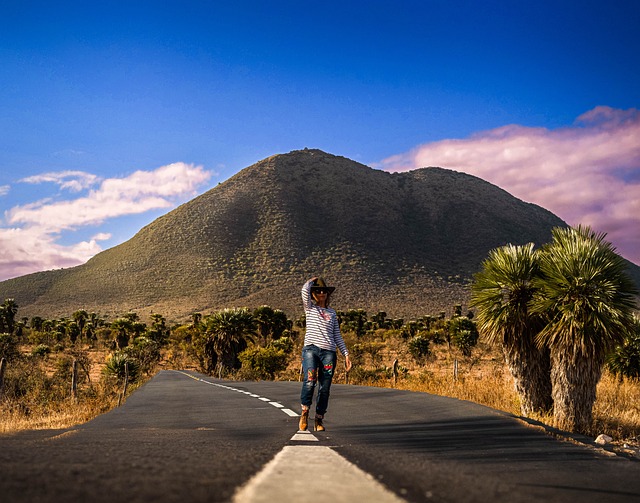
Córdoba
Córdoba is a captivating city located in the central part of the country. As Argentina’s second-largest city and the capital of Córdoba Province, it boasts a rich cultural heritage, historic architecture, and a vibrant atmosphere. Here’s a closer look at this charming city:
Cultural Heritage:
Córdoba is often referred to as the “Colonial Heart of Argentina” due to its well-preserved colonial architecture and historical significance.
The city was founded in 1573 by Spanish explorer Jerónimo Luis de Cabrera, making it one of the oldest cities in Argentina.
Córdoba played a pivotal role in the country’s history, serving as a center of education and culture during the colonial period and later becoming a hub for political activism and academia.
Universities:
Córdoba is home to some of Argentina’s most prestigious universities, including the National University of Córdoba (Universidad Nacional de Córdoba), one of the oldest in Latin America.
The presence of numerous educational institutions has given the city a youthful and vibrant energy, with a diverse student population.
Climate:
The city enjoys a temperate climate with warm summers and mild winters, making it a comfortable place to live year-round.
Cultural Scene:
Córdoba has a vibrant cultural scene with numerous theaters, museums, and art galleries.
The city hosts various cultural events, including music festivals, dance performances, and art exhibitions throughout the year.
Cost of Living:
The cost of living in Córdoba is generally more affordable than in Buenos Aires, making it an attractive option for retirees and students.
Housing, dining, and entertainment expenses are often reasonable, making it accessible to a wide range of budgets.
Healthcare:
Córdoba offers a well-developed healthcare system, with modern hospitals and medical facilities. Many healthcare professionals in the city speak English.
Safety:
Córdoba is considered relatively safe compared to some larger cities in Argentina, with a lower crime rate. However, it’s essential to exercise typical safety precautions.
Natural Beauty:
Surrounding Córdoba, you’ll find picturesque landscapes, including the Sierras de Córdoba, a mountain range that offers opportunities for hiking and outdoor activities.
The city is also known for its tree-lined avenues and plazas, providing a pleasant urban environment.
Transportation:
Córdoba has an efficient public transportation system, including buses and a trolleybus network.
The city’s airport offers domestic and international flights, providing easy access to other parts of Argentina and neighboring countries.
Nightlife:
Córdoba has a vibrant nightlife, with numerous bars, clubs, and live music venues. The presence of students and young professionals ensures an active social scene.
Córdoba’s combination of history, culture, affordable living, and educational opportunities makes it an appealing destination for tourists, students, expatriates, and retirees alike. Whether you’re interested in exploring its colonial past, immersing yourself in its cultural offerings, or enjoying its natural surroundings, Córdoba has much to offer.
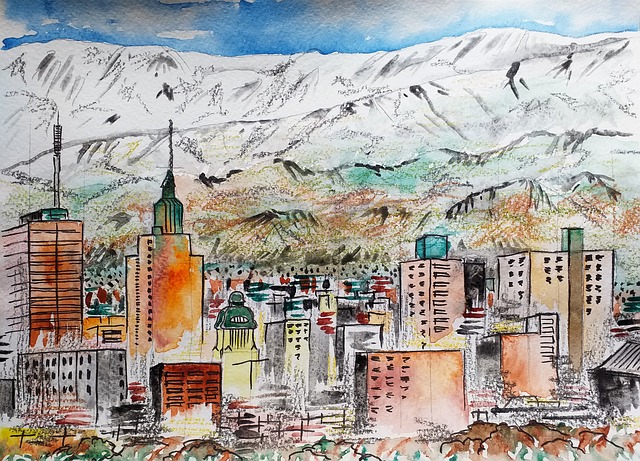
Mendoza
Mendoza is a stunning city located in the foothills of the Andes Mountains, in the western part of the country. Known as the “Land of Sun and Good Wine,” Mendoza is celebrated for its exceptional wine production, breathtaking natural landscapes, and a laid-back lifestyle. Here’s an overview of this charming city:
Wine Country:
Mendoza is at the heart of Argentina’s wine country and is famous for producing some of the world’s best Malbec wines.
The region is home to numerous vineyards, wineries, and bodegas, making it a paradise for wine enthusiasts. Wine tasting tours are a popular activity for both tourists and locals.
Scenic Beauty:
The city enjoys a picturesque setting against the backdrop of the snow-capped Andes, making it an ideal destination for nature lovers.
Mendoza is surrounded by stunning landscapes, including the Andes mountains, vineyards, and olive groves. Outdoor activities like hiking, mountain biking, and horseback riding are readily accessible.
Climate:
Mendoza boasts a sunny and arid climate with more than 300 days of sunshine per year. This climate is ideal for grape cultivation and contributes to the exceptional quality of its wines.
Cultural Attractions:
The city of Mendoza features tree-lined streets, plazas, and historic buildings. The main square, Plaza Independencia, is a central gathering place and often hosts cultural events.
Mendoza also has a thriving arts scene, with theaters, art galleries, and live music venues.
Adventure Tourism:
Beyond wine-related activities, Mendoza offers a wide range of adventure tourism opportunities, including whitewater rafting, rock climbing, and paragliding.
The region is a gateway to the Aconcagua, the highest peak in the Americas, which attracts climbers from around the world.
Gastronomy:
Mendoza’s culinary scene is influenced by its wine culture. Visitors can enjoy delicious Argentine cuisine, including traditional asado (barbecue), empanadas, and regional dishes.
Many restaurants and wine bars in the city offer wine pairings with their menus.
Cost of Living:
The cost of living in Mendoza is generally lower than in major cities like Buenos Aires. Housing, dining out, and entertainment are often more affordable.
Healthcare:
Mendoza has modern healthcare facilities and hospitals. The city is known for its quality medical care, and many healthcare professionals speak English.
Festivals and Events:
Mendoza hosts various festivals and events throughout the year, including wine festivals, harvest celebrations, and cultural exhibitions that showcase the region’s traditions and heritage.
Safety:
Mendoza is considered a safe city for residents and tourists. However, it’s always advisable to exercise typical safety precautions.
Mendoza’s combination of natural beauty, world-class wine, outdoor adventures, and a relaxed pace of life makes it a captivating destination for travelers and an attractive place to live for those seeking a unique blend of culture and nature. Whether you’re exploring its wineries, hiking in the Andes, or simply savoring a glass of Malbec while taking in the stunning scenery, Mendoza has something to offer everyone.
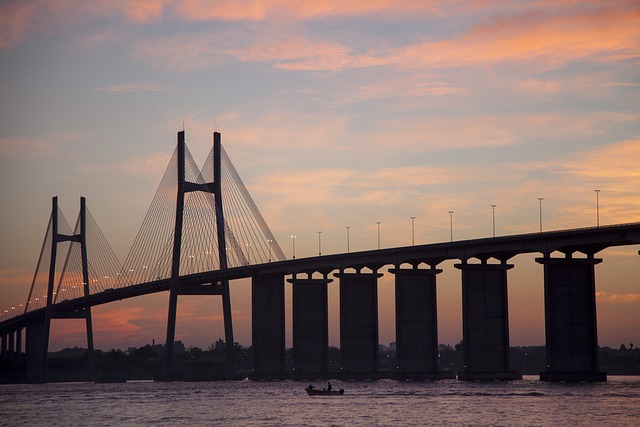
Rosario
Rosario is a dynamic and picturesque city located in the Santa Fe province, along the banks of the Paraná River in the northeastern part of the country. Known for its scenic riverfront, cultural attractions, and vibrant atmosphere, Rosario is the third-largest city in Argentina and offers a unique blend of history and modernity. Here’s an overview of Rosario:
Historical Significance:
Rosario is steeped in history and is famously known as the birthplace of two of Argentina’s most iconic figures: revolutionary leader Ernesto “Che” Guevara and the country’s national flag creator, Manuel Belgrano.
The city has several historic sites and monuments, including the Flag Memorial (Monumento a la Bandera), a striking tribute to the national flag.
Cultural Hub:
Rosario has a thriving cultural scene, with numerous theaters, art galleries, and museums. The city’s cultural calendar is filled with events, including theater productions, music concerts, and art exhibitions.
The city’s cultural diversity is reflected in its cuisine, with a wide range of dining options that cater to various tastes and preferences.
Educational Institutions:
Rosario is home to prestigious educational institutions, including the National University of Rosario (Universidad Nacional de Rosario). This concentration of academia contributes to a youthful and intellectual atmosphere in the city.
Parks and Green Spaces:
The city takes pride in its parks and green areas. The Parque de la Independencia is a popular destination for locals and visitors alike, featuring beautiful gardens, a lake, and recreational facilities.
The riverfront promenade, known as the Costanera, offers stunning views of the Paraná River and is a favorite spot for leisurely walks and relaxation.
Cost of Living:
The cost of living in Rosario is generally more affordable than in larger cities like Buenos Aires. Housing, groceries, and dining out are often reasonably priced.
Healthcare:
Rosario has a well-developed healthcare system, with modern hospitals and medical facilities. Many healthcare professionals speak English.
Safety:
Rosario is considered relatively safe, though like any city, it’s essential to take typical safety precautions.
Transportation:
The city has a reliable public transportation system, including buses, trams, and a bus rapid transit (BRT) system, making it easy to get around.
Rosario is well-connected by road and has an airport with domestic and limited international flights.
Sports and Recreation:
Football (soccer) is a beloved pastime in Rosario, and the city is home to two prominent football clubs, Newell’s Old Boys and Rosario Central.
Water sports and activities along the Paraná River, such as kayaking and rowing, are also popular.
Festivals and Events:
Rosario hosts various cultural and music festivals, including the International Jazz Festival and the Rosario International Poetry Festival.
Rosario’s unique combination of historical significance, cultural richness, scenic riverfront, and educational opportunities makes it an attractive destination for tourists, students, and residents alike. Whether you’re exploring its historic landmarks, enjoying its cultural offerings, or simply taking in the beauty of the river, Rosario has much to offer.
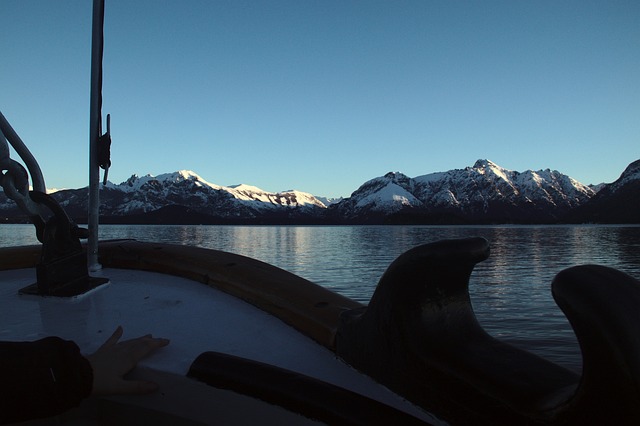
Bariloche
Bariloche, officially San Carlos de Bariloche, is a captivating city located in the Patagonian region of Argentina. Situated in the foothills of the Andes Mountains and nestled alongside the picturesque Nahuel Huapi Lake, Bariloche is celebrated for its stunning natural beauty, outdoor recreational opportunities, and Swiss Alpine charm. Here’s an overview of this enchanting city:
Natural Beauty:
Bariloche is renowned for its breathtaking natural landscapes, which include pristine lakes, snow-capped mountains, and lush forests.
The city is surrounded by the Nahuel Huapi National Park, a protected area that offers opportunities for hiking, skiing, mountain biking, and wildlife watching.
The nearby Cerro Catedral, one of South America’s largest ski resorts, attracts winter sports enthusiasts from around the world.
Lakes and Water Activities:
The Nahuel Huapi Lake, with its crystal-clear waters, is perfect for water activities such as sailing, fishing, kayaking, and swimming.
The city’s lakeshore promenade, known as the Circuito Chico, offers stunning views and is a popular spot for leisurely walks and picnics.
Swiss Alpine Influence:
Bariloche’s architecture and ambiance are influenced by its Swiss and German immigrant heritage. You’ll find charming chalet-style buildings, chocolate shops, and Swiss-style fondue restaurants throughout the city.
The city is famous for its artisanal chocolates and is often referred to as the “Chocolate Capital of Argentina.”
Culinary Delights:
Bariloche offers a diverse culinary scene, with a focus on Argentine cuisine. Be sure to try the local specialties, including Argentine barbecue (asado), Patagonian lamb, and regional dishes featuring trout and wild game.
The city’s craft breweries and breweries produce a variety of artisanal beers for beer enthusiasts to enjoy.
Cost of Living:
The cost of living in Bariloche is generally lower than in major cities like Buenos Aires. While some imported goods may be more expensive due to the city’s remote location, housing and dining are often affordable.
Festivals and Events:
Bariloche hosts various cultural events and festivals throughout the year. One of the most famous is the Fiesta Nacional de la Nieve (National Snow Festival), which celebrates winter sports and the city’s Alpine heritage.
Healthcare and Safety:
Bariloche has a good healthcare system, with modern hospitals and clinics. The city’s healthcare professionals are well-trained and offer quality medical care.
The city is considered safe for residents and tourists, although, as with any place, it’s essential to exercise typical safety precautions.
Transportation:
Bariloche is accessible by air and road. The city has an airport with domestic and limited international flights.
Local transportation includes buses and taxis, making it convenient to explore the city and its surroundings.
Bariloche’s unique combination of natural splendor, Alpine charm, outdoor adventures, and culinary delights makes it a captivating destination for travelers and an attractive place to live for those seeking a blend of adventure and relaxation. Whether you’re skiing in the winter, hiking in the summer, or simply savoring chocolate while gazing at the scenic beauty, Bariloche offers a world of experiences.
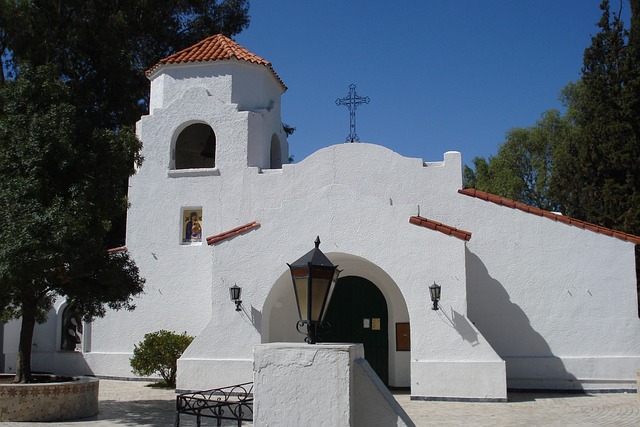
Salta
Salta is a charming and culturally rich city located in the northwest region of the country. Known for its colonial architecture, historic charm, and stunning landscapes, Salta offers a unique blend of tradition, natural beauty, and a relaxed pace of life. Here’s an overview of Salta:
Colonial Heritage:
Salta is often referred to as “Salta la Linda,” which translates to “Salta the Beautiful.” The city’s well-preserved colonial architecture, including colonial churches and elegant plazas, adds to its beauty and historical significance.
The city’s historic center features cobblestone streets, ornate colonial buildings, and colorful facades, creating a picturesque and inviting atmosphere.
Cultural Attractions:
Salta boasts a rich cultural scene, with numerous museums, art galleries, and theaters showcasing its cultural heritage and artistic achievements.
The Museum of High Mountain Archaeology (Museo de Arqueología de Alta Montaña) is particularly notable for its collection of Inca artifacts and exhibits related to the “Llullaillaco Children,” three well-preserved child mummies discovered on the Llullaillaco volcano.
Gastronomy:
Salta offers a distinctive culinary experience with regional dishes that reflect its Andean heritage. Traditional dishes include empanadas salteñas, locro (a hearty stew), and humita en chala (steamed corn cakes).
The city is known for its peñas, which are traditional folk music and dance clubs where visitors can enjoy live music and traditional performances.
Natural Beauty:
The surrounding region of Salta is characterized by stunning natural beauty, including rugged mountains, colorful canyons, and fertile valleys.
The Quebrada del Río de las Conchas, a dramatic canyon with unique rock formations, is a must-visit natural attraction.
Wine:
The Calchaquí Valleys, which include the Cafayate wine region, are located near Salta and are known for their vineyards and wineries.
Cafayate is famous for producing Torrontés wine, a fragrant and fruity white wine unique to Argentina.
Climate:
Salta enjoys a pleasant climate with warm summers and mild winters, making it an ideal destination year-round.
Festivals and Events:
Salta hosts various festivals and cultural events throughout the year. The city’s Carnival celebrations, featuring colorful parades and traditional music and dance, are particularly lively.
Cost of Living:
The cost of living in Salta is generally lower than in major cities like Buenos Aires. Housing, dining out, and everyday expenses are often more affordable.
Transportation:
The city has good transportation connections, including an airport with domestic flights. Buses and taxis are readily available for local transportation.
Safety:
Salta is considered a safe city for residents and tourists, but it’s essential to take typical safety precautions.
